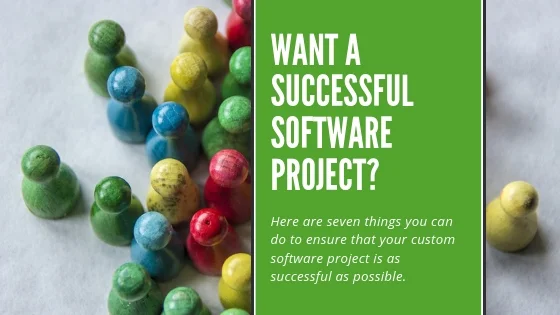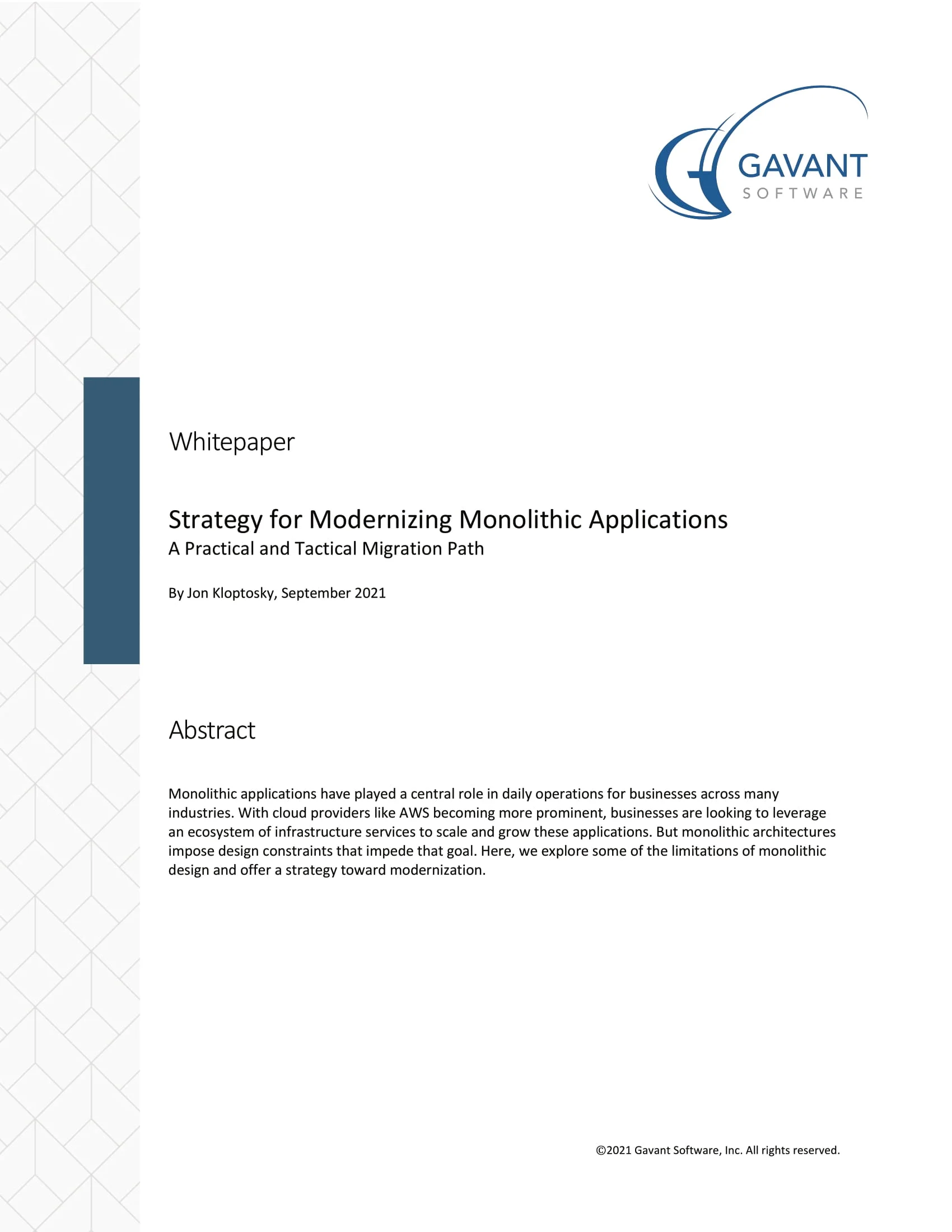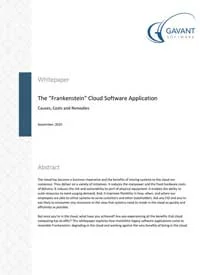
Strategies to Mitigate Custom Software Development Risks
In the last post, I talked about things that increased the risk involved with software development and how to mitigate those factors. There are techniques and strategies that increase the likelihood of a positive outcome. Here are seven strategies that help ensure success with your custom software development project.
1. Start with an MVP.
The first stage of custom software development should strive toward articulating the minimum viable product (MVP). An MVP enables the first version new solution to be attained with the lowest possible budget while still providing needed functions and value.
Ideally, the analysis leading to the system’s definition should include all features envisioned, noting those identified for inclusion for MVP. Capabilities not earmarked for MVP must be agreed to by the stakeholder(s) impacted.
2. Be agile.
Adding more functionality mid-build or tweaking the direction of the project are common and reasonable adjustments that arise during the custom software development cycle. With the agile methodology, a series of iterations are used in building the custom software solution, allowing new pieces to be added or reworked with each iteration.
Agile development – especially when paired with an MVP strategy – allows for significant flexibility for both your business and the software developer. As the demands of your industry change, you can react quickly and efficiently to add new features and functionality into your custom solution.
3. Address technical risks early.
Custom software, as a way to boost that competitive differentiation for the business, often require the application of new tools, techniques, and technologies. When these technologies play a role in your software project, a quality development team will take the time to research and understand each one before integrating it into the custom software.
Understanding strengths and vulnerabilities inherent in various tools ensures a path toward getting the most out of a future-proof system. Ignoring potential technical risks can give rise to bottlenecks or blocks downstream in the development cycle. It’s critical to consider possible consequences that might be faced in the future.
4. Communicate frequently.
Lack of communication is cited as a frequent cause for why a software project fails to deliver on expectations. The development firm should be in frequent contact throughout every phase of the development process. They must understand your needs and requirements for the software.
A quality development team will provide honest feedback and updates regarding scope, timeline, and budgetary concerns. Clear communication for the duration of the endeavor’s development cycle helps ensure all parties are on the same page, each forward step is methodical, and risk of any unwanted surprise is diminished.
5. Engage users in the development process.
Engaging users is a critical element of the frequent communication philosophy. In order for the software to perform at its best, the people who depend on it need to be tapped for input. These conversations are as much about the ideal workflow as they are about software requirements.
Very few employees and system users have experience with software requirements discussions, so you need a development firm that’s capable of collaborating with users.
End-users need to be exposed to the work in progress at certain milestones to provide the feedback that ensures the product is on course. The feedback from these engagements steers the direction of the subsequent iterations. By engaging users, the development firm is certain to deliver a custom solution that’s useful and beneficial to its intended audience.
6. Thoroughly test each iteration.
By involving users, developers can identify just how broken something needs to be in order to really be considered broken. All software should be tested early and often before it becomes too expensive to fix.
As various elements and iterations of the custom solution are built, testing helps identify whether the software is performing as it should and if all of the pieces are interacting cohesively. Such testing methods ensure the software is healthy from start to finish.
7. Maintain knowledge and expertise with support agreements.
Once the custom solution has been delivered and approved by the outsourcing agency, the work doesn’t necessarily stop for a software developer. Custom software needs to be future-proof.
Ongoing support and enhancement agreements allow for updates, upgrades, and overall responsiveness to changing business conditions. Such agreements enable quick continued adaptation in response to changing technology considerations, covering both opportunities and threats.
Retaining detailed and accurate documentation of the project’s specifications provides you with continuity to respond to any scenario requiring change or enhancement to your custom software system. Support agreements prevent lost sleep, with you wondering if you’ll be ready to respond to change when it happens.
Get Custom Software That Meets Your Needs.
If you need a custom solution for a challenge you’re having in your business or organization, we can help. Sign up now for a free software development consultation. If you’d like to learn more about the custom software development process and all of the elements that make for a successful product, download our free ebook.




 Strategy for Modernizing Monolithic Applications
Strategy for Modernizing Monolithic Applications
 The "Frankenstein" Cloud Software Application
The "Frankenstein" Cloud Software Application
 A Guide to Custom Software Development
A Guide to Custom Software Development